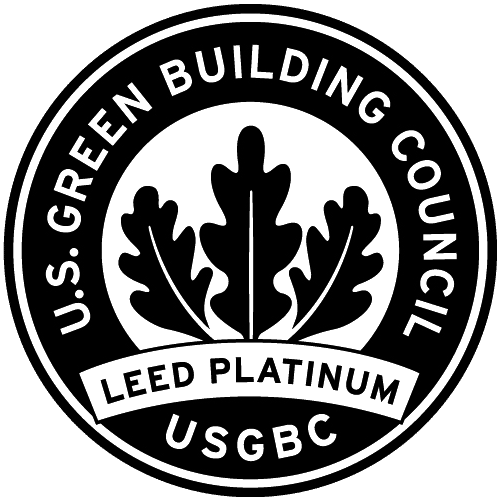A sustainable home
designed around
Ecology &
Wellness
The concept of 2238 Market was to create a collection of very personal homes, thoughtfully designed and individually composed. While this is apparent throughout the architecture and interiors, there is an underlying beauty that was built into the homes – that of sustainability, wellness and a respect for both our local and global environment.
This was the goal from the outset of our design and has been intentionally incorporated into every aspect of the building and homes – from the architecture itself right down to specific materials and finishes. This is a truly eco-friendly residence, offering improved wellness matched by an enduring commitment to the environment.

Many of these features will go unseen but have clear benefits, from better interior air-quality to reduced utility costs. We want to outline some of the key aspects that have made this one of the few LEED Platinum residences, and a home that will help reduce your personal carbon footprint.
SUSTAINABILITY
Highlights
- LEED Platinum Certification
- Integrated air quality – the building was designed to provide clean, fresh air with better circulation through cross ventilation
- Homes include a MERV-13 air filter, a medical grade filter that eliminates up to 90% of particulate matter
- Certified sustainably harvested lumber and materials
- High-efficiency plumbing fixtures reduce water and energy usage and costs
- EnergyStar rated appliances reduce electricity usage and costs
- Green Label Plus certified flooring
- Native, water-conscious landscaping
- Low VOC paints contribute to better indoor air quality
- No. 99 Walk Score awards this location as one of the most pedestrian-friendly, walkable areas
- No. 99 Transit Score awards this location as one of the most connected and commutable locations
- Low E Windows reduce heat transmission and heating/cooling costs
- Ultra high-efficiency water heater saves energy and costs
- Incorporation of reflective exterior paints and materials reduce the building’s heat footprint